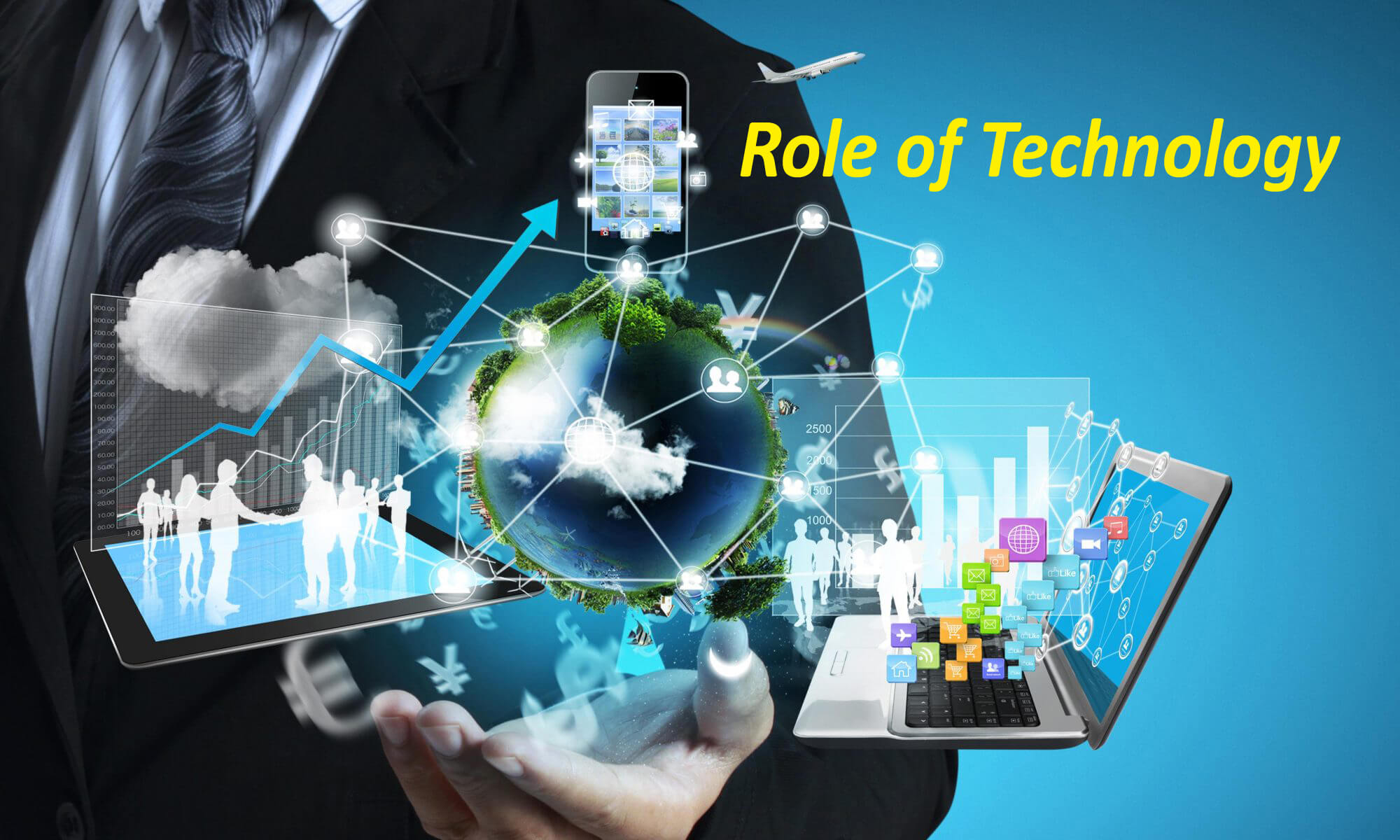In today’s fast-paced and interconnected world, technology plays an increasingly vital role in virtually every aspect of our lives, including customer service. As businesses strive to meet the ever-growing demands and expectations of their customers, they must leverage cutting-edge technology to enhance their customer service capabilities. This article explores the profound impact of technology on customer service in the contemporary era, highlighting the benefits, challenges, and future prospects of this dynamic relationship.
Section 1: The Evolution of Customer Service
Traditional vs. Modern Customer Service
- The historical perspective: From face-to-face interactions to telephone support.
- Transition to digital channels: Email, chat, and social media.
- The rise of self-service options: FAQs, knowledge bases, and chatbots.
Customer Expectations in the Digital Age
- The empowered consumer: Access to information and choices.
- 24/7 availability: The demand for round-the-clock support.
- Personalization: The expectation of tailored experiences.
- Instant gratification: The need for quick resolutions.
Section 2: The Technological Landscape of Customer Service
Customer Relationship Management (CRM) Systems
- The backbone of modern customer service.
- Data-driven insights: Utilizing customer data for better service.
- Automation and efficiency: Streamlining customer interactions.
Artificial Intelligence and Machine Learning
- Chatbots and virtual assistants: Enhancing first-level support.
- Predictive analytics: Anticipating customer needs.
- Sentiment analysis: Understanding customer emotions.
Omnichannel Communication
- Seamless customer interactions across multiple channels.
- The role of social media, email, chat, and phone support.
- Unified customer profiles: Providing consistent experiences.
Data Analytics and Reporting
- Harnessing big data for customer insights.
- Key performance indicators (KPIs) for evaluating customer service.
- Continuous improvement through data-driven decision-making.
Section 3: Benefits of Technology-Driven Customer Service
Improved Efficiency and Productivity
- Automation of repetitive tasks.
- Faster response times and issue resolution.
- Reduced operational costs.
Enhanced Customer Experience
- Personalization and customer profiling.
- Consistency across touchpoints.
- Quick access to information and support.
Data-Driven Decision Making
- Identifying trends and areas for improvement.
- Proactive issue resolution.
- Tailoring products and services to customer needs.
Scalability and Global Reach
- Serving a global customer base through technology.
- Easy expansion of support operations.
- Consistency in service quality.
Section 4: Challenges and Considerations
Privacy and Data Security
- Balancing data collection with customer privacy.
- GDPR and other data protection regulations.
- Building trust through responsible data handling.
Technology Adoption and Training
- Overcoming resistance to change within organizations.
- Training staff to use new tools effectively.
- Ensuring technology aligns with business goals.
Customer Trust and Human Touch
- The need for a human touch in customer interactions.
- Maintaining empathy and emotional intelligence.
- Striking the right balance between automation and human support.
Section 5: Future Trends and Innovations
Voice Assistants and Natural Language Processing
- Conversational AI for more intuitive interactions.
- Voice-enabled devices and customer service.
Augmented Reality (AR) and Virtual Reality (VR)
- Virtual showrooms and product demonstrations.
- Enhanced troubleshooting through AR/VR support.
Blockchain for Trust and Transparency
- Secure, transparent transactions and data sharing.
- Applications in supply chain and warranty management.
Quantum Computing and Advanced Analytics
- Revolutionizing data analysis and prediction.
- Faster, more accurate customer insights.
The Role of 5G and Edge Computing
- Real-time data processing for instant customer support.
- Enhanced IoT connectivity for smarter service.
In conclusion, technology has become an indispensable component of modern customer service. Businesses that harness the power of technology to meet customer expectations and streamline operations are well-positioned for success in today’s competitive landscape. However, it’s crucial to strike a balance between automation and the human touch, address data privacy concerns, and stay ahead of emerging trends to remain relevant and provide exceptional customer service in the future.
As we move forward, the synergy between technology and customer service will continue to evolve, presenting both opportunities and challenges. By staying informed and adapting to these changes, businesses can ensure that their customer service remains at the forefront of customer satisfaction and loyalty.
